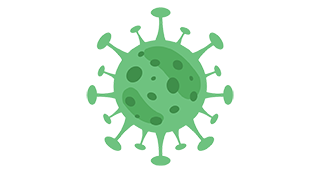About Coronavirus
What is COVID-19?
Coronavirus disease 2019 (COVID-19) – ‘CO’ stands for corona, ‘VI’ for virus, and ‘D’ for disease – is a disease caused by a new strain of coronavirus.
What are the symptoms of COVID-19? Symptoms can include:
- fever
- dry cough
- shortness of breath
- tiredness
In more severe cases, infection can cause pneumonia or breathing difficulties. More rarely, the disease can be fatal.
These symptoms are a lot like the flu (influenza) or the common cold, which are more common than COVID-19. This is why testing is required to confirm if someone has COVID-19. It’s important to remember that key prevention measures are the same – hand washing often, and covering your cough or sneeze with a flexed elbow or tissue, then throwing away the tissue into a closed bin. Also, there is a vaccine for the flu – so remember to keep yourself and your child up to date with vaccinations.
How does COVID-19 spread?
The virus is spread mainly when droplets from an infected person (made from coughing, sneezing, talking, singing) get into the mouth, nose or eyes of people who are close by. People may also become infected by touching their mouth, nose or eyes after touching surfaces virus on them. The COVID-19 virus may also survive on surfaces for a few hours to several days, although simple disinfectants can kill it.
COVID-19 can be transmitted during and before someone shows symptoms.
Learn and Share More


